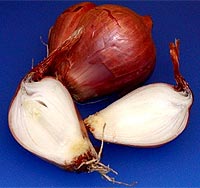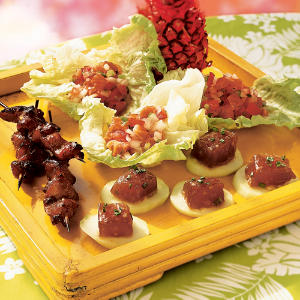Fruits are arguably the most important food group during the holiday season. From baking ideas to food platters, most of the season’s traditional tastes and scents stem from the contributions of various fruits.
Here are a few of the best fruits for the holidays parties.
Cranberries
Cranberries stand out as a consistent taste associated with the holiday season; their blend of sweet and tangy flavors are perfect for a variety of baking options — from cookies and scones to pies and cobblers — and they hold a deep red color that is aesthetically compatible with holiday table arrangements (pair them with something green for the full effect). These tiny fruits are also incredibly nutritious, helping to combat bacterial illnesses infections.


